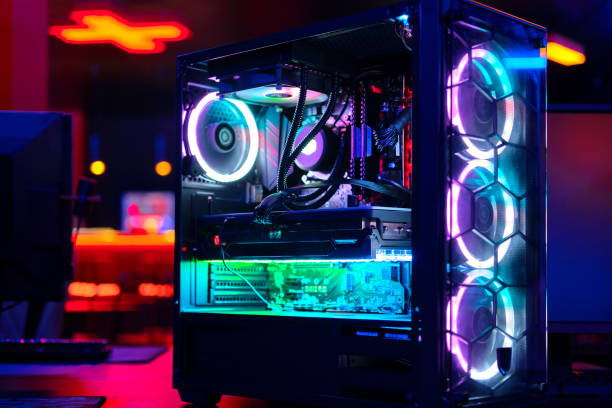
Computers are complex machines that consist of many different parts, each with its own unique function. Here's a brief overview of what each part in a computer does:
The CPU is the "brain" of the computer. It processes instructions and performs calculations for the computer to execute tasks.
RAM is the computer's short-term memory. It stores data and instructions that the CPU needs to access quickly while the computer is in use.
The HDD or SSD stores the computer's long-term memory. It holds the operating system, programs, and files that are saved on the computer.
The motherboard is the main circuit board that connects all the other components in the computer. It allows them to communicate with each other and work together as a system.
The PSU is responsible for supplying power to all the components in the computer. It converts the AC power from an outlet to the DC power that the computer needs to run.
The GPU is responsible for rendering images and videos on the computer. It takes the instructions from the CPU and translates them into images that can be displayed on the computer's screen.
Input devices allow you to interact with the computer by providing data, such as a keyboard or mouse. Output devices allow the computer to display or transmit data, such as a monitor or printer.
Understanding the functions of each part in a computer can help you diagnose problems, upgrade components, or build your own custom computer from scratch.